
Recent innovations in chromatography resins offer promising advantage in downstream bioprocessing.

Recent innovations in chromatography resins offer promising advantage in downstream bioprocessing.

Sartorius has expanded in the United Kingdom with the relocation to a new facility in Havant, Hampshire, for downstream processing equipment.
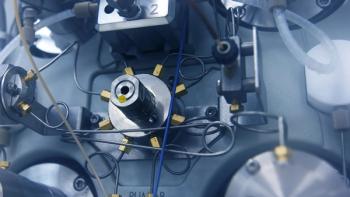
The adoption of single-use technologies in fluid-handling systems helps streamline downstream bioprocessing operations.
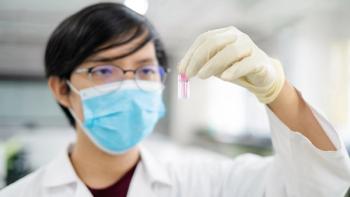
The need for real-time monitoring and control has spurred the development of new analytical tools.
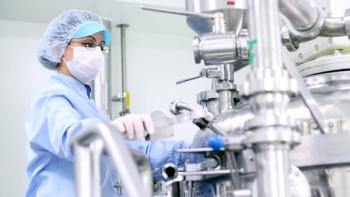
A unified scale-up approach, as presented here, can be applied to any unit operation.
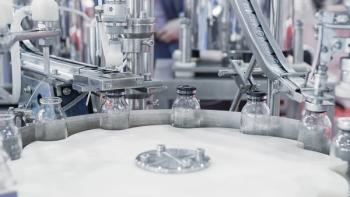
CDMOs address the unique challenges of liquid and lyophilized forms as well as preparing for the large capacity needed for COVID-19 vaccines.

Cytiva acquired Vanrx Pharmasystems, a Canadian manufacturer of robotic aseptic filling equipment.

The launch of HiScreen Fibro PrismA, the company’s newest product for early mAb purification process development strengthens Cytiva’s new fiber-based Protein A platform.
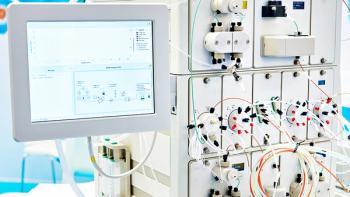
Viral clearance processes and guidance must evolve along with newer biotherapeutic modalities.

Continuous SEC was shown to increase productivity with the same product quality and yield.

The latest advances in downstream technologies include sterile disconnects for single-use manufacturing systems, ligand technologies for purifying RNA and for COVID-19 vaccines, and an automated perfusion system.
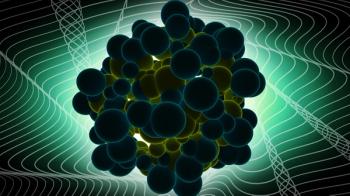
A balance must be achieved between debris and impurity removal and maximizing product quality and yield.

As technology matures, inefficiencies and process limitations in downstream process chromatography are improved.
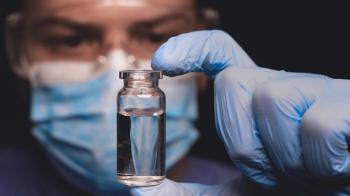
New therapeutics modalities and the need for greater process efficiency are driving technology development.

It is critical to evaluate specific considerations, from design to application, for the benefit of downstream bioprocessing and manufacturing.

Filling and packaging of primary containers is a crucial piece of COVID-19 vaccine production.

Sartorius adds chromatography systems and resins, tangential flow filtration, and biomolecular characterization technologies.

Pumps and other components meet the demands of single-use systems in biopharmaceutical downstream processing.
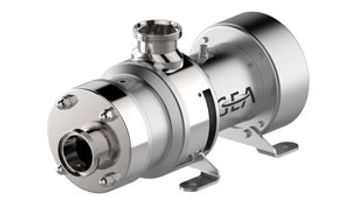
GEA began supplying the new GEA Hilge Novatwin hygienic twin-screw pump line.

Ensuring the quality of data in process monitoring and control systems starts in process development phases.
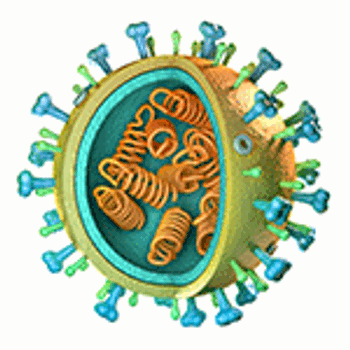
Developers need to transcend the limits of existing separation technologies, to maximize vector recovery while preserving therapeutic potency.

The new program, Cornerstone, integrates process development expertise and novel technology to remove development bottlenecks in the manufacture of gene therapy medicinal products.
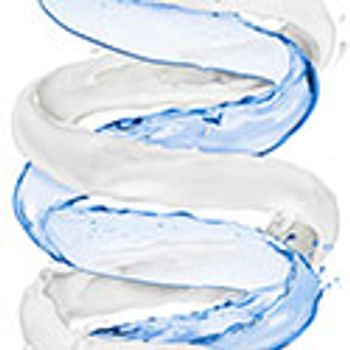
Successful process intensification with inline dilution requires effective monitoring and control.

Dual-sourcing and redundant manufacturing capabilities are crucial in a single-use supply chain strategy, but must be applied correctly.
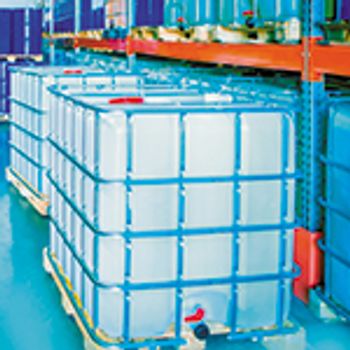
Single-use systems offer a solution to the challenges inherent in buffer preparation, which can be the cause of bottlenecking in bioprocessing.